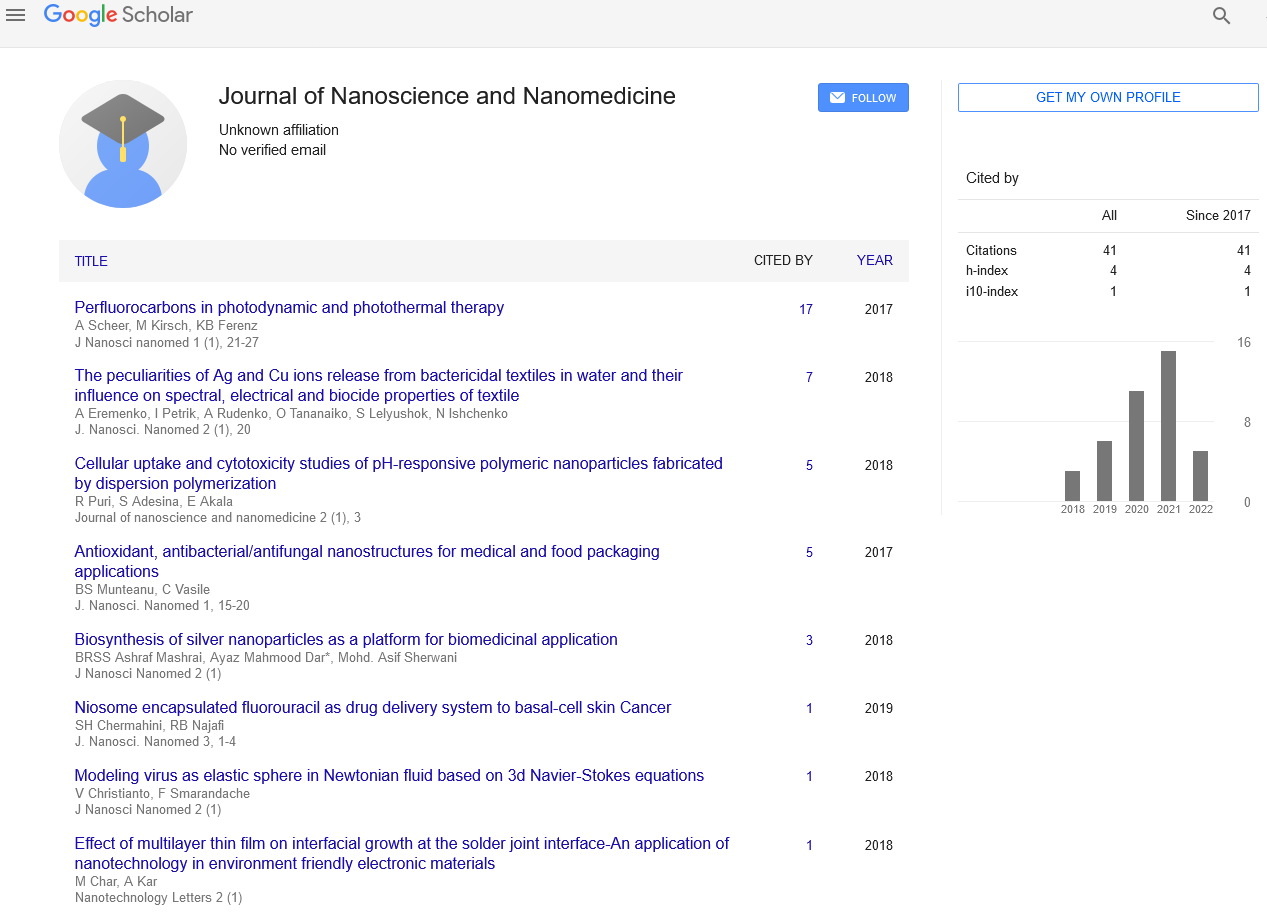Sensor Systems in Mining Industry
Received: 12-Sep-2017 Accepted Date: Sep 14, 2017; Published: 20-Sep-2017
Citation: Ehsan Espid. Sensor Systems in Mining Industry. Nanotechnology Letters. September-2017;1(1):2.
This open-access article is distributed under the terms of the Creative Commons Attribution Non-Commercial License (CC BY-NC) (http://creativecommons.org/licenses/by-nc/4.0/), which permits reuse, distribution and reproduction of the article, provided that the original work is properly cited and the reuse is restricted to noncommercial purposes. For commercial reuse, contact reprints@pulsus.com
Gas sensing technology plays a determining role in the safety of mining industry. Improvements in hazardous gas monitoring systems can reduce the risks in mines, save countless lives and prevent damage to the property. The sensors should address the safety concerns created by flammable and toxic gases and depleted oxygen levels under harsh mine conditions, where extreme temperature changes, rapid humidity variations and significant pressure fluctuations are experienced. This need has motivated researchers to develop various types of sensors to help miners continuously monitor their surrounding environment [1]. Currently, pellistors are utilized on the walls and machinery in mines to detect any hazardous gases. The pellistors utilize the change in resistivity for various pollutant and toxic gases detection, which is followed by the reaction between the sensing layer and gas components. A drawback of any conventional pellistor is the high operating temperature (200°C to 500°C) originating from the need for producing a measurable baseline resistance (Thermal Activation of gas sensing layer) [2]. The high operating temperature induces high power consumption and a relatively high cost of the system due to the design complexities. It will also lower the stability and the useful lifetime of the sensor. Besides, the relatively long time to reach the target temperature can literally prove to be fatal. To address these challenges, the idea of using UV illumination as an alternative method of activating the sensing layer of gas sensors at ambient temperature has recently gained attraction. The application of UV lamps for the activation of a gas sensor, however, is not practical, given the limitations associated with their size and high power/ voltage operating conditions. Recent advances in UV-LEDs, capable of creating various UV exposure conditions, represent an opportunity for the development of UV-LED activated gas sensors [3]. UV-LED activated gas
sensors with application in mining industry are promising alternative for the current sensors. The UV-LED activated sensors are small, have instant on/off operation, are environmentally friendly, operate with significantly low energy and have a long lifetime with self-cleaning specifications. These new sensors provide promising technical solutions, which can significantly contribute to an improvement of quality, reliability, and economic efficiency of sensor systems use in mining industry. The sensors are expected to not only provide selective sensing, but also offer the possibility of being configured in a matrix arrangement to fit different measuring environments [4]. As the improved detection features of sensor systems in mining industry is becoming increasingly more important, further research is required to improve the specifications of UV-LED activated sensors. Researches should be conducted to fulfill the gap between laboratorial and industrial production of these photo-activated intelligent sensor systems. If latest advances in Nano-fabrication technology are combined, the newly designed sensors have the potential to transform the entire spectrum of current sensors in mines to small wearable gas monitoring systems with fast and sensitive detection.
REFERENCES
- Korotcenkov G. Handbook of Gas Sensor Materials.2014.
- Fine GF, Cavanagh LM, Afonja A, et al. Metal oxide semi-conductor gas sensors in environmental monitoring. Sensors (Basel). 2010;10:5469-02.
- Espid E, Taghipour F. UV-LED Photo-activated Chemical Gas Sensors : A Review, Crit Rev Solid State Mater Sci 2017;1-17.
- Arshak K, Moore E, Lyons GM, et al. A review of gas sensors employed in electronic nose applications. Sens Rev 2004;24:181-98.





